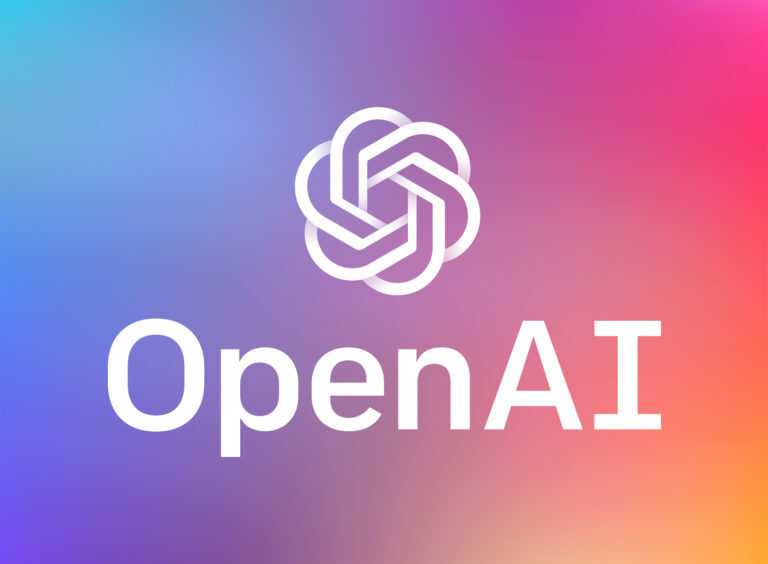Now the ecosystem is showing signs of strain.
- Things are not getting easier for Xiaomi as results from one of its partners indicates that usage within the ecosystem is not faring as well as it would have hoped.
- Xunlei is a networking software company that speeds up downloads in areas of poor internet speeds through the use of a bookended solution.
- This is monetised via use-based advertising based upon an online gaming platform and pay per view premium content.
- Xunlei used to offer free ad-supported video streaming but this was divested in 2015 to Beijing Nesound International Media Corp for CNY130m.
- The idea here is that these services work much better because they are based upon Xunlei’s technology that speeds up the Internet in bad areas.
- This in turn should drive higher usage and greater monetisation of the services based upon the optimisation technology.
- Xiaomi owns 30% of Xunlei and has incorporated its acceleration technology into its ecosystem from MIUI6 (2014) going forward.
- As a result of this, the performance of Xunlei’s advertising revenues gives some indication of how usage is faring within Xiaomi’s ecosystem and the numbers are not encouraging.
- Xunlei’s Q4 2015A revenues declined 1.1% to US$35m however within that online advertising revenues were $1.7m growing 24% YoY with mobile advertising making a contribution for the first time.
- Xiaomi claims to have 170m MIUI users all of which have the Xunlei technology but if Xunlei can only generate $1.7m from those users, difficult questions have to be asked with regards to engagement.
- This makes me concerned that although Xiaomi devices register strong usage, much of that usage may be occurring within the services of its rivals rather than its own.
- Xiaomi’s strategy is to use hardware to build a user base and then monetise that ecosystem through one of the three established methods (hardware, advertising or subscription).
- The problem is that if all Xiaomi is doing is providing nicely specified devices at rock bottom prices then it is in fact helping its competitors rather than itself.
- This is exactly the same problem that other Android handset makers have outside of China.
- These handset makers slash each other’s throats to put better and better devices in the hands of users but it is Google that reaps all of the benefit from the subsequent usage increases.
- If this is the case with Xiaomi, then its business model is in trouble because although it has lots of users, without usage it will be unable to earn the promised returns.
- This further increases my concern that instead of $46bn, the company may actually be worth less than $5bn (see here).
- Xiaomi’s CEO has stated that he still has $1bn in the bank that he will not be returning to the market this year.
- Given the current state of play, this is a good idea.









Blog Comments
Walt French
March 14, 2016 at 9:29 pm
Useful analysis, tho I wonder whether the decline is attributable to rapid upgrade of connection quality, leading users to bypass the acceleration. The overall ecosystem *could* still be robust, just not this part, aimed at the hinterlands.
I went thru a similar process years ago, using, then dropping EarthLink’s accelerator that stripped out redundant code but mostly smushed JPEGs down to cut data. Good for the Edge/dialup days that are thankfully far behind in my rear-view mirror.
windsorr
March 15, 2016 at 11:20 am
Hi Walt. I dont think so. INternet connections in China are still very hit and miss. Furthermore, the tech is baked into MIUI so its not really a case of use it or not… I think its used for everything that is installed at the factory of a Xiaomi device. Downloaded ones probably wont apply.